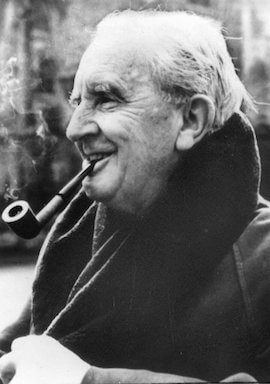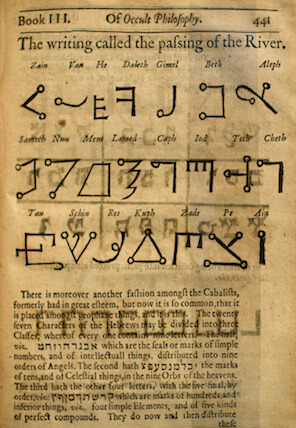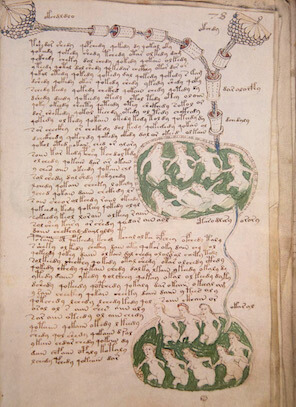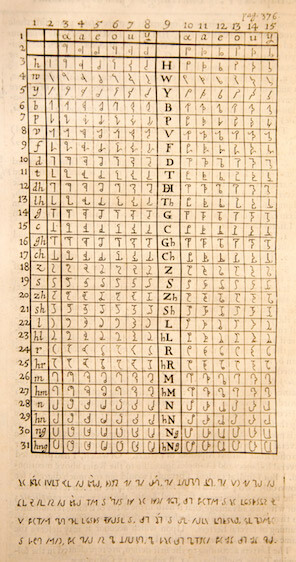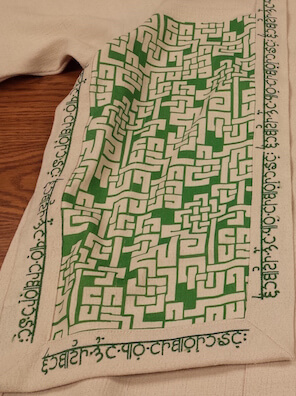Conlang: n. an artificially constructed language
Far from gibberish
Whether it's Klingon from the Star Trek films, Na'vi, the alien language in the movie Avatar, or Dothraki in HBO's Game of Thrones, casual viewers might think they're simply hearing a string of gibberish. But not University of Rochester Professor of English Sarah Higley, her students, and enthusiasts of invented languages worldwide.
“Conlangers” like them understand that these seemingly nonsensical words are in fact languages with rules of grammar, pronunciation, and sometimes completely new alphabets. They're also part of a long tradition that extends back to at least the Middle Ages, and probably before.
[The language I created is] the culture inside of me... The better parts of myself.
JP Pelletier '17




